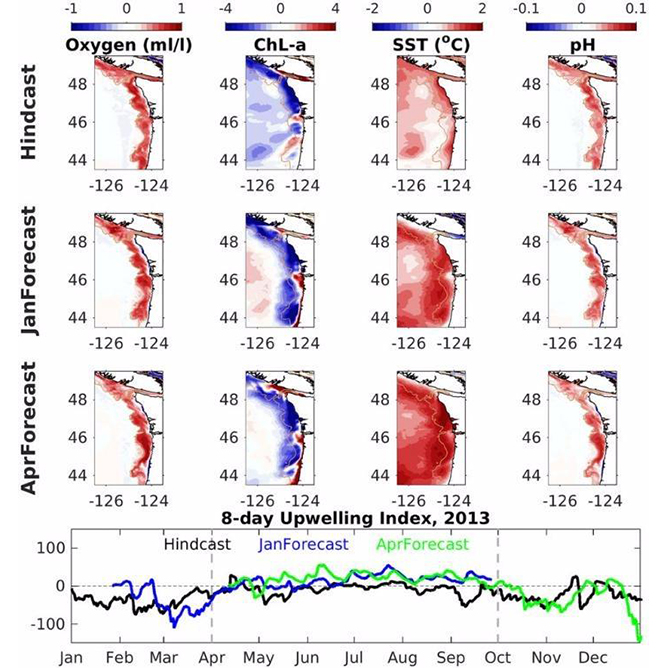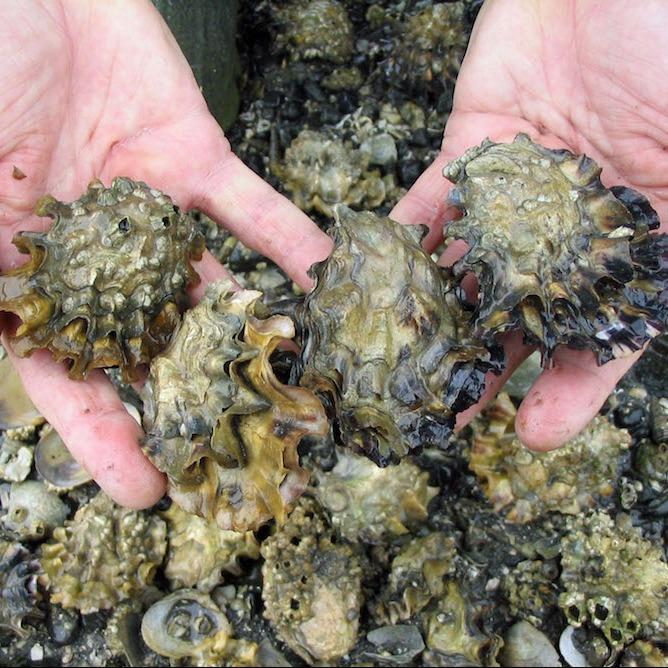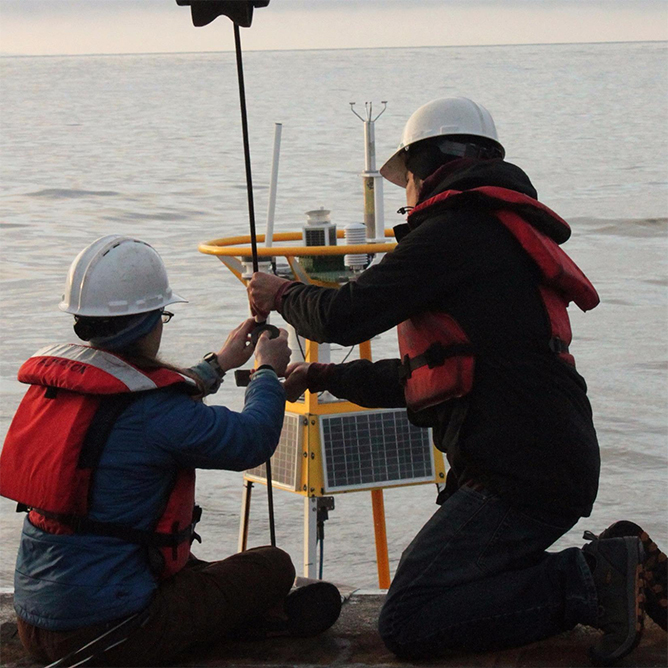Novel and disappearing climates in the global surface ocean from 1800 to 2100
Marine ecosystems are experiencing unprecedented warming and acidification caused by anthropogenic carbon dioxide. For the global sea surface, we quantified the degree that present climates are disappearing and novel climates (without recent analogs) are emerging, spanning from 1800 through different emission scenarios to 2100. We quantified the sea surface environment based on model estimates of […]
Novel and disappearing climates in the global surface ocean from 1800 to 2100 Read More »


